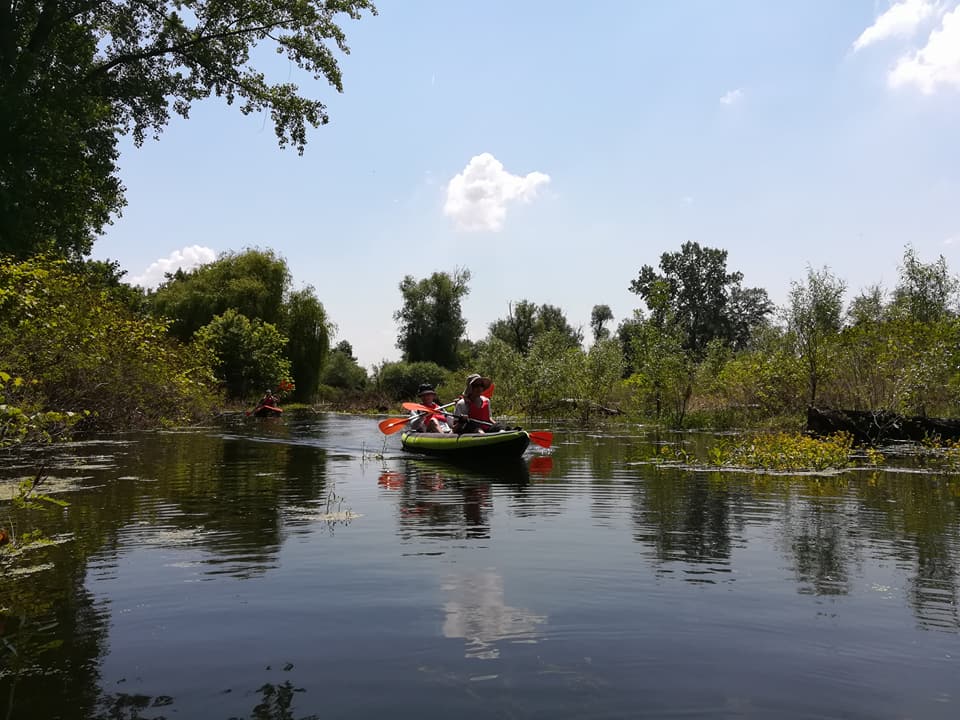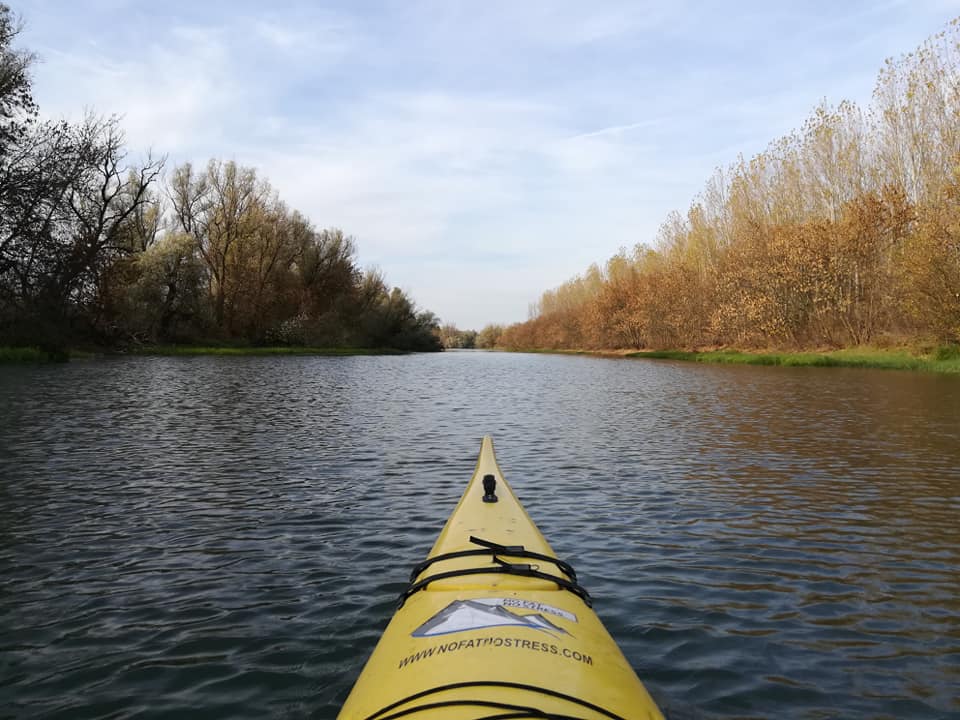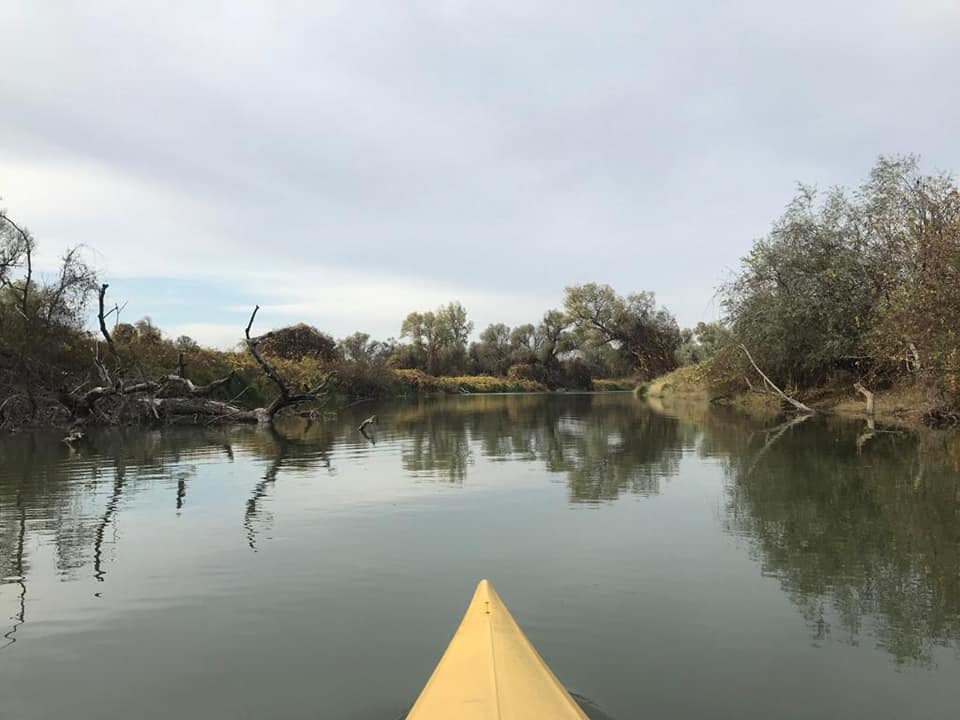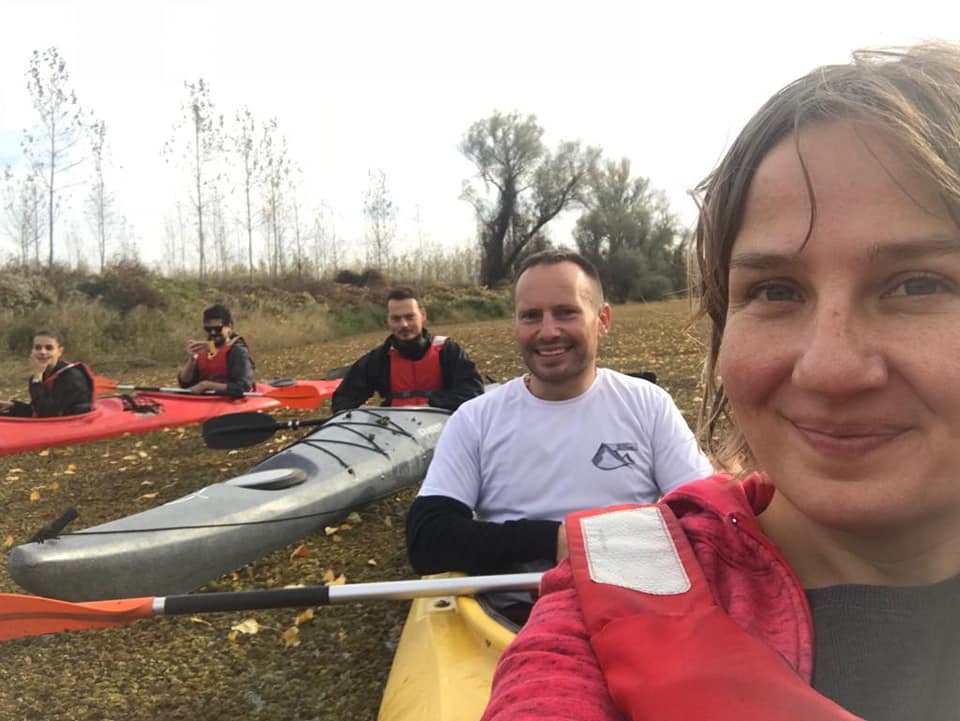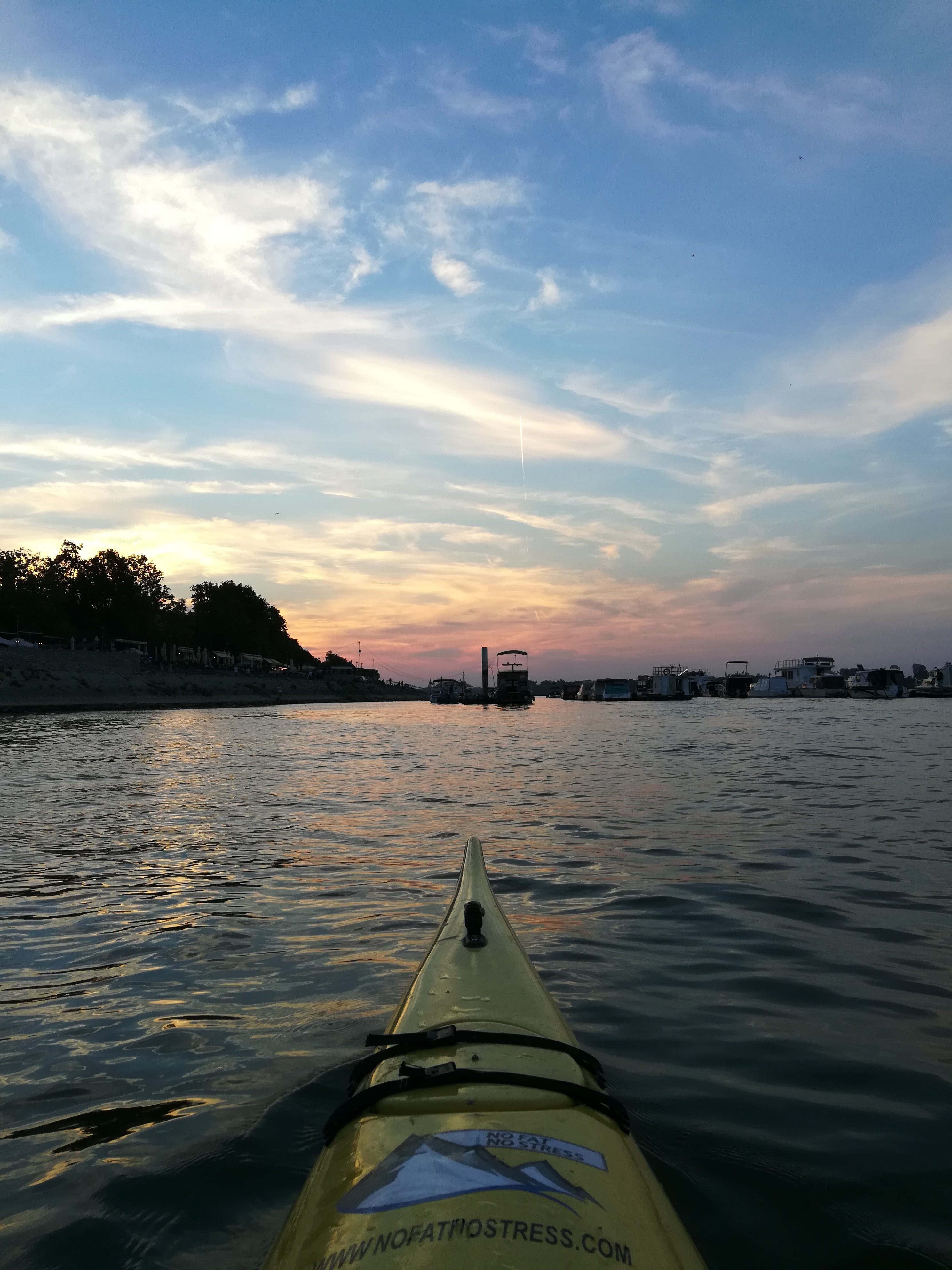Notifications
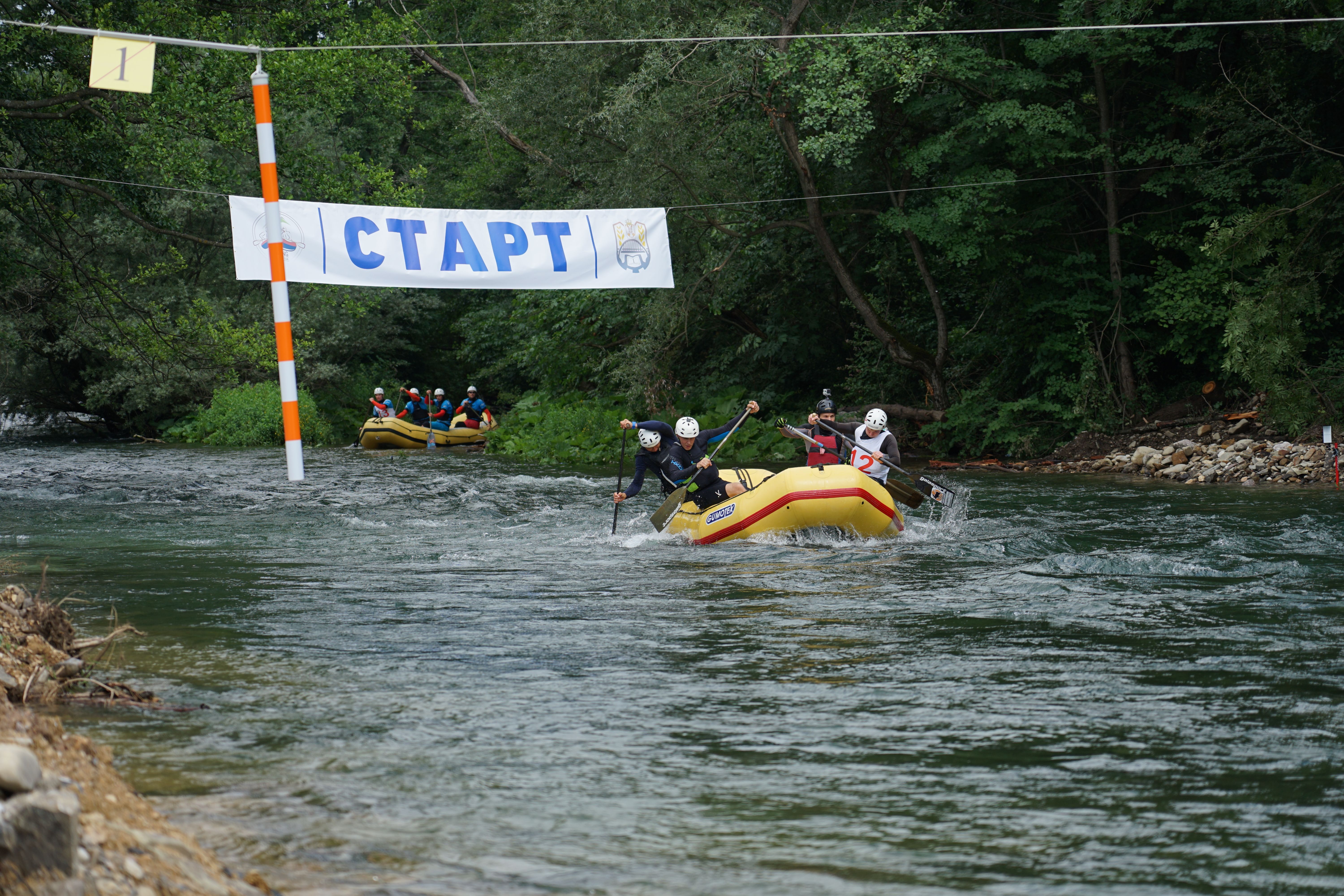
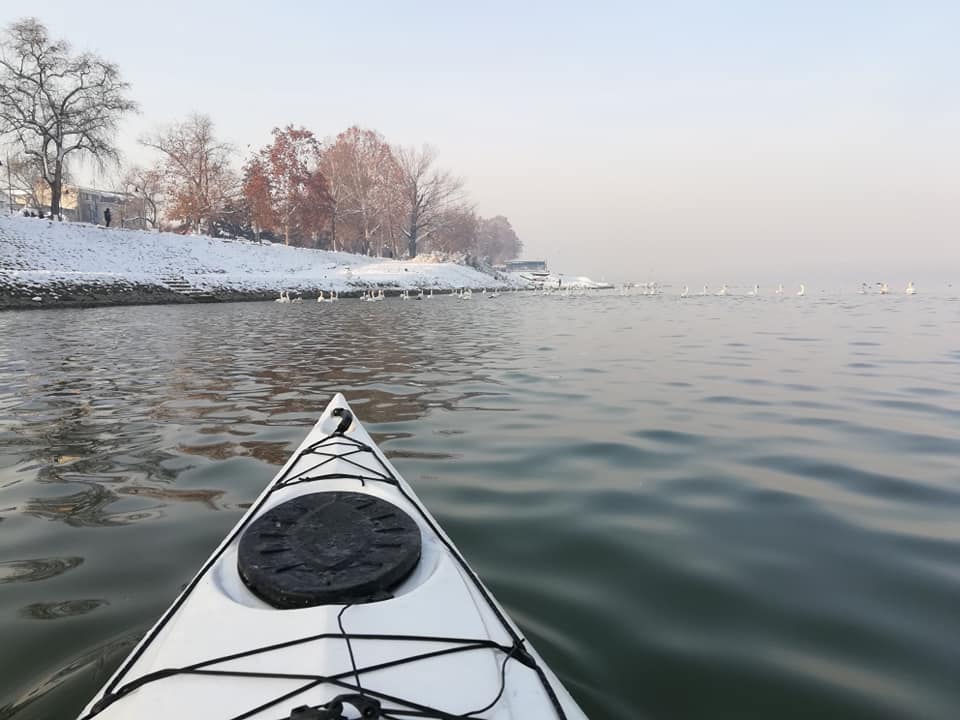
The Belgrade fortress, built on a white ridge above the confluence of two big rivers, destroyed and rebuilt over and over for 16 centuries, still stands as the symbol of Serbia’s capital
If you have already visited the capital of Serbia, then you know the city’s symbol, the monumental Belgrade fortress on the white ridge above the confluence of the Sava and the Danube, rising above the city and protecting it.
If you haven’t seen Belgrade yet, you simply must visit the capital of Serbia and tour Upper and Lower Town of the Belgrade fortress and stroll through the Kalemegdan park. In the shadow of high towers you will feel the spirit of historythat is still alive in this place. The “Victor” monument – victor over time, oversees the rivers and guards the river banks.
To know the history of the Belgrade fortress means to know the history of our people and to understand the way of life in today modern Belgrade. Armies, people and conquerors have left their mark, hence the historical layers that were left by Romans, Serbs, Turks, Austro-Hungarians lying one beneath another.
The Romans had built the first fortification in the 2nd century and later it was home to the Roman legion IV Flaviae which protected the area. It suffered devastation by Goths, Huns, Avars and Slavs. Sometime during that tumultuous time, the ancient Singidunum was created. It was erected on the very same white ridge after which it was named “BEO-grad” (WHITE-city).
Today the Belgrade fortress comprises of Upper and Lower Town and the vast field in front the very fortress that Turks named “Kalemegdan”, joining the words “kale”, which means city, fortress and “megdan”, the Turkish word for field. The most beautiful and most spacious park in nation’s capital once used to be a field where battles were fought with enemies.
The beauty and significance of this place can be conceived only if you visit it. Beneath every footstep made in the Belgrade fortress lies more history than it can be found in history books. The so-called “Roman well” that was actually built in the early 18th century hides numerous stories. Most of the gates leading into the city are preserved, as well as the Sahat tower (eng. Clock tower) that still today looks like it looked the day it was built.
One of the rare preserved monuments of Islamic architecture in Belgrade is Damad Ali Pasha’s Turbeh in Lower Town. There are also Big Gunpowder Magazine and Hamam– Old Turkish Bath. Those who like the history of war shouldn’t miss the opportunity to visit the Military Museum in Lower Town and the Nebojša tower – the medieval canon tower that Turks transformed into a dungeon.
The view of the city from the rivers Danube and Sava is breathtaking. You will see the monumental “Victor” rising above the walls of the city, the symbol of Belgrade and victory over time. Bronze sculpture of a nude man holding a pigeon and a sword, the work of sculptor Ivan Meštrović, was set on occasion of the tenth anniversary of the Salonika Front breakthrough.
Belgrade fortress still stands defying the time and hiding numerous legends. It is inviting you to discover at least some of them and find out why the views from the Kalemegdan are truly everlasting.
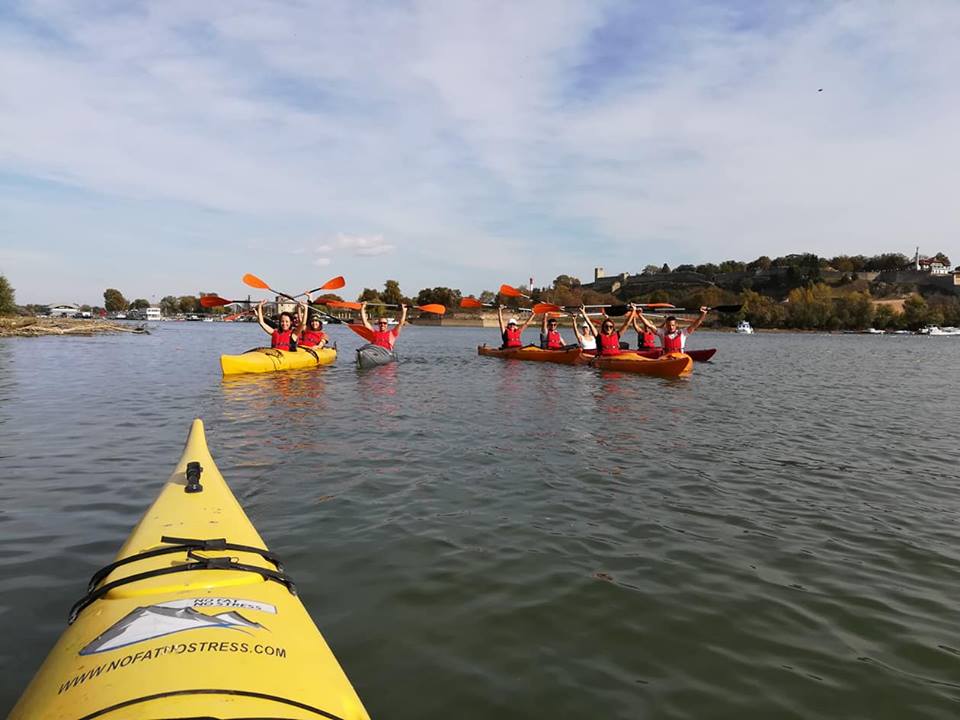
Belgrade - something about Belgrade
One of the oldest cities in Europe and the only one built on the confluence of two rivers, Belgrade is the city that never sleeps and the symbol of great nightlife. The capital of Serbia, Belgrade, is known as “the city that never sleeps”. Floathing clubs on its rivers have become synonyms for great parties and neverending fun, and Skadarlija, the bohemian street, for a place where music and singing can be heard until dawn.
And yet, Belgrade is one of the oldest cities in Europe. This “white city” is the only capital built at the confluence of two big rivers – the Danube and the Sava.
Belgrade is a modern european city with population of about 1.7 million people. It is an administrative, political and cultural center of the country. The sessions of Serbian parliament and government are being held in Belgrade, and the office of the President is also in it. The buildings that host these institutions are themselves monuments of great cultural importance and therefore a part of every visitor’s itinerary.
The place where Belgrade is today has been inhabited from ancient times. One of the cities quarters, Vinča, is the home of prehistoric culture of the same name.
Nowadays in it this part of the city you can find an archaeological site perfect for all those interested in very distant history. After this period, many tribes and nations have lived in the area – the Celts have called their settlement Singidun but the Slavs named it “The White City”.
Since then, it has been known by many names – Alba Bulgariae, Alabanandor, Nandoralba, Nandorfejervar, Griechisch Weissenburg, Alba Graeca, Castelbiancho… but the name of the fortress that, when looked at from the Pannonian side and the rivers appears white, remained until today: WHITEcity (BEOgrad – Belgrade).
All the people that have lived here and the armies that passed through Belgrade have left their marks on the city, and the magnificent Victor monument, the remains of the Belgrade fortress, the Stambol gate, the Old Palace and many other sites of Belgrade are inviting you to discover them.
The city never stops growing, and when it has crossed the river Sava, it became “new”. New Belgrade (Novi Beograd) is the center of Serbia’s business.
The seats of numerous international companies can be found there, but also major shopping malls and the Belgrade Arena – the largest hall in the Balkans – that has already hosted some world famous events like the Eurosong contest, Summer Universiade, Davis cup finals…
In Belgrade you can also find one quite specific monument – “The house of flowers” (Kuća cveća). It is the burial place of Josip Broz Tito, the former president of Yugoslavia and a person that has marked the second half of the XX century in this part of the world. Whether due to their nostalgia or just simple curiosity, this monument attracts a great number of visitors from the region, but also from the world.
And if you visit some of the many historical museums in Belgrade, you will get a pretty good picture of everything that has happened here throughout the ages. Then you might be able to understand better the way of life of the local population, their customs and mentality.
Still, Belgrade is most famous for its vibrant nightlife and the vast variety of options it offers for having fun, especially to young people. Here you can find your own place of joy no matter what kind of music you prefer, how much money you have or what kind of food you like to eat. There is something for everybody: from modern restaurants, “splavs” (floating river clubs), alternative music clubs and theatres to famous “kafanas” (traditional Serbian taverns) of Skadarlija.
One of Belgraders’ most popular picnic and excursion destinations is mount Avala – located not far from the city. The other is Ada Ciganlija, a river island turned into a peninsula with a promenade and a beach that surround the lake in the center. It is a perfect destination to cool down during hot summer days.
Belgrade is interesting every time of year, but it is most beautiful in springtime – the temperature is around 20 degrees Celsius, everything is just flourishing and providing a perfect setting for long walks and sightseeing. If you choose to visit the city in the fall, don’t miss the traditional Belgrade book fair that takes place every year in the end of October.
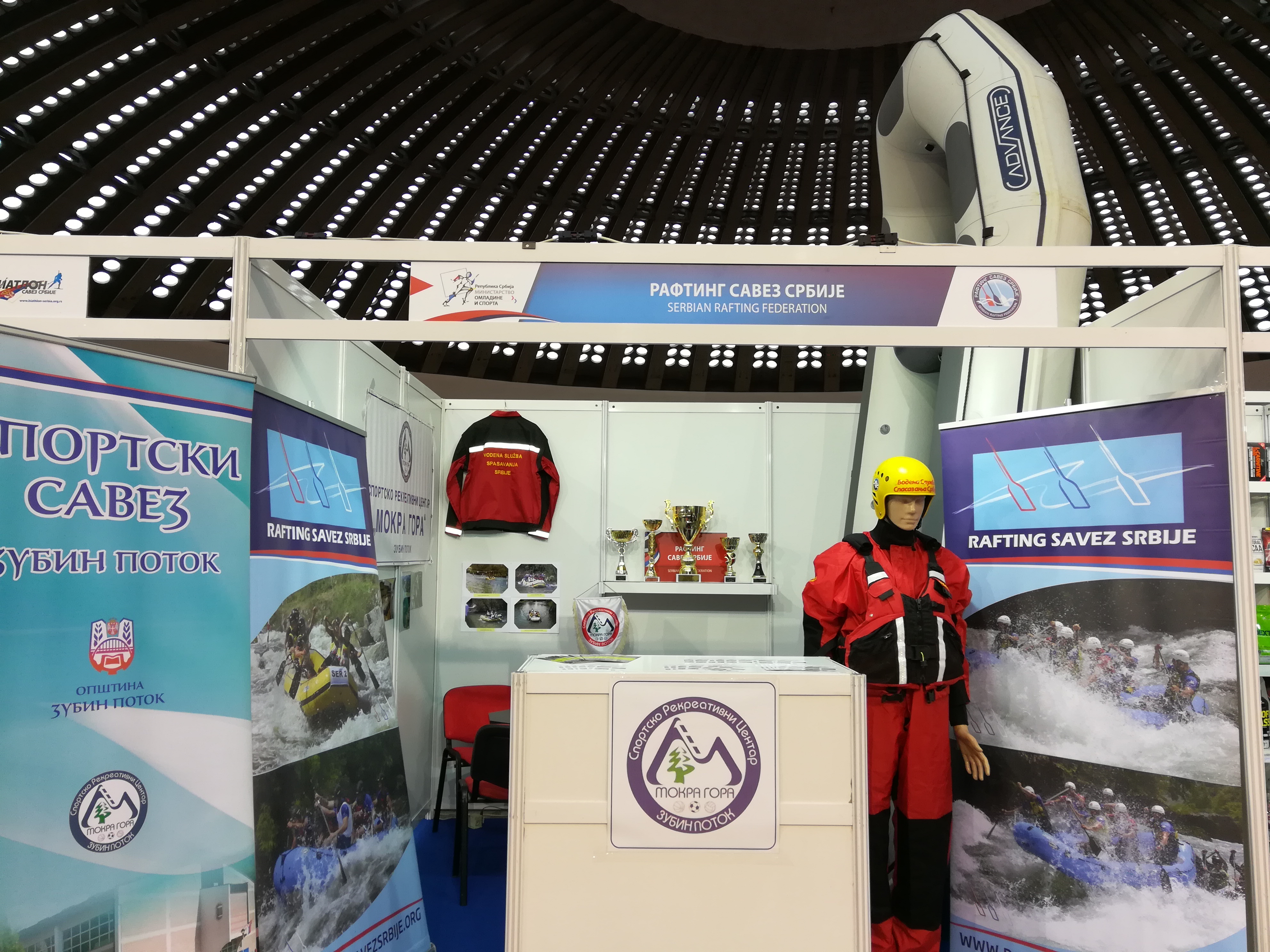
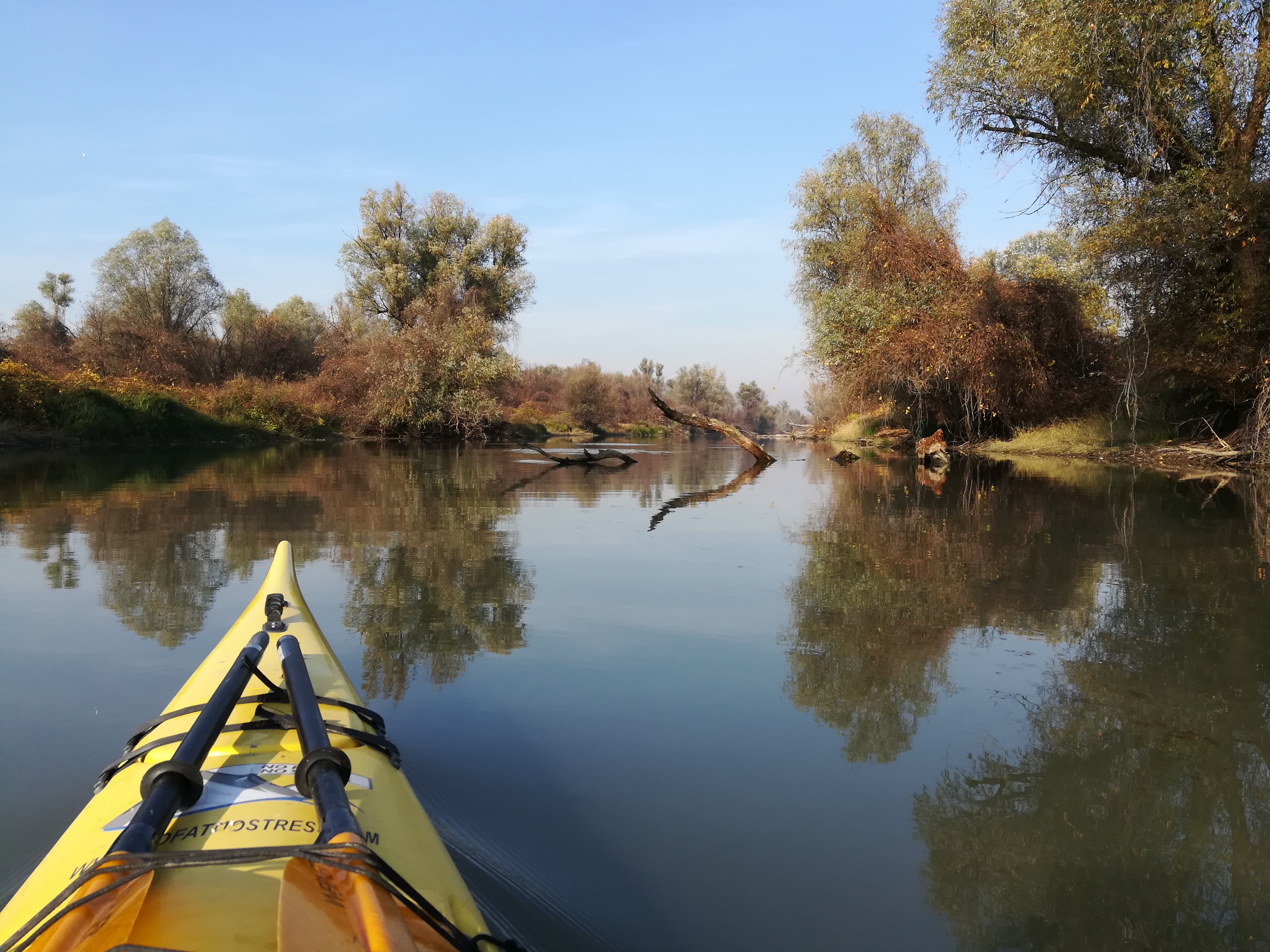
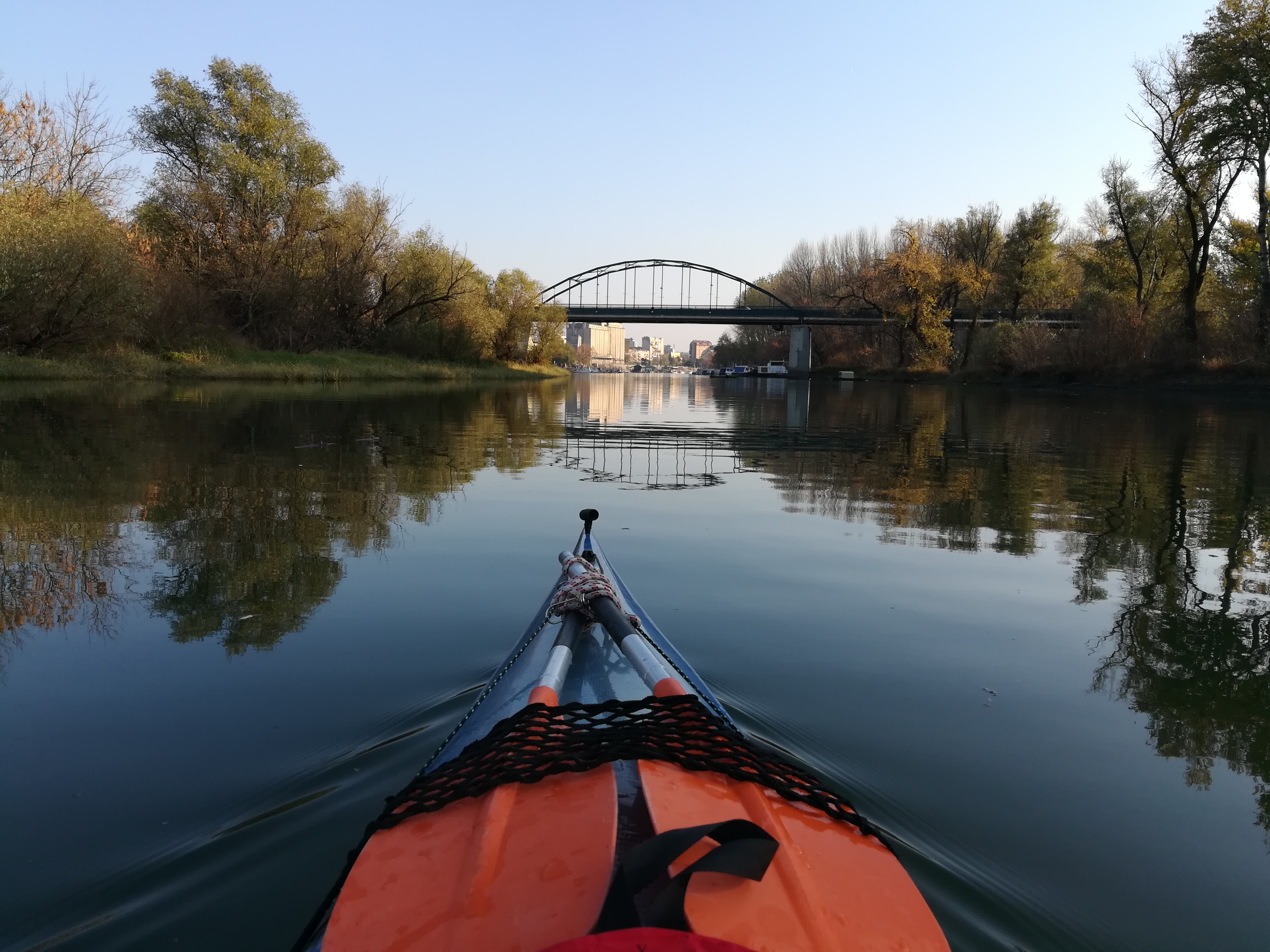
It was a great enjoyment being a part of Danijel’s Kayak Adventure called ‘Belgrade’s Jungle’, organized last May, 2018. A few hours adventure was enriched with warm sun rays and a pretty natural ambience which gave me the impression of being in a jungle while paddling in a mild temperate climate. There is lush greenery on the other side of Danube river bank which is around 500 meters away from Zemun Quay.
With clear and simple instructions how to kayak in tandem and on river Danube (with its current), I felt safe and secure with no previous river kayaking experience, being guided by calm and experienced Danijel. Great War Island with its rich flora and fauna, Lido Beach and nearby surrounding (which are parts of the City of Belgrade) has virtually teleported me in an inspiring natural environment where plants, animals and humans coexist.
Highly recommend kayak and other adventures, organised by Danijel and ‘No Fat No Stress’ Sports Club.
All the best!
Maja Berilazic
